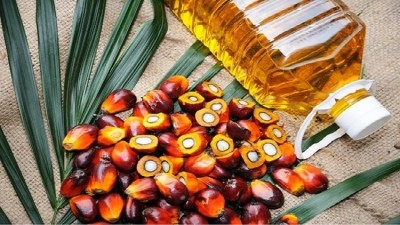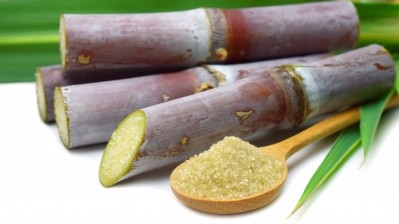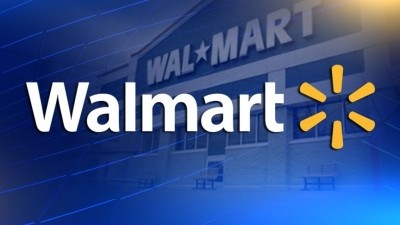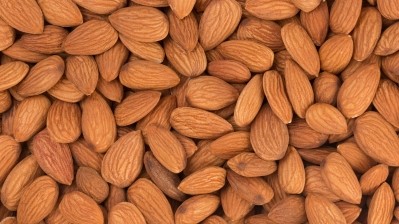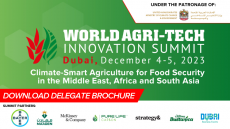Olam seeks to ‘change the world’ with new traceability and sourcing system
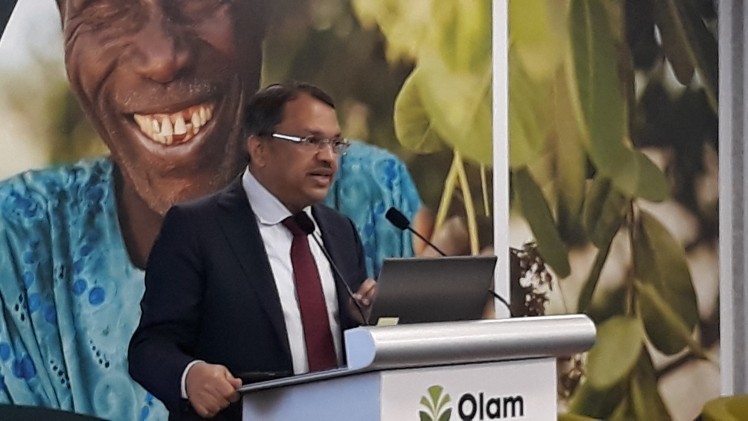
AtSource is said to provide unparalleled environmental and social insights into the journey of agricultural raw materials and food ingredients through the supply chain, from the farm to manufacturing to retail customers.
According to Verghese, the state of global agriculture and food production and their environmental impact is at a tipping point, especially with a burgeoning population.
“Because we waste about 30-33% of food we produce, we need to increase food production by between 90% and 100% on a crop production basis (to cater to the growing need),” he said.
Despite this, he said, many farmers live in poverty and are in urgent need of economically and socially sustainable solutions for their livelihood. He said even the next generation wants to escape from farming.
Traceability & impact
In this vein, Olam stated that “understanding the true sustainability impact of agricultural products is increasingly critical” for the company and its customers. However, reliable and consistent data and insights required to counter these trends are difficult to obtain, due to the high level of fragmentation in global agricultural supply chains, particularly in emerging markets.
Crops often make their way from farmers in rural villages, change hands through many intermediaries, and are even combined with other volumes before reaching a manufacturer, such as a food company. This makes traceability highly difficult.
The firm said insights and data from this new system would enable it to assess and positively influence the environmental footprint of the 4.7 million farmers in its supply chain — the majority of whom are smallholders in emerging markets.
Verghese believes it will not only drive transformational change for the farmers, but also communities and the world.
Said Verghese: “With AtSource, we can now deliver the critical sustainability factors for the long-term resilience of a crop or ingredient from a particular producing country or region. Using this information, we can drive meaningful improvements through the supply chain from farm to customer.
“Make no mistake, capturing this information at scale and across all our supply chains will be a huge and costly task. But as the company closest to the farmer, we believe AtSource is a key driver in helping us to re-imagine global agriculture, by starting to mainstream sustainability before it is too late.”
He added AtSource can seamlessly connect food firms or manufacturers directly to the source of supply, across the entire journey from field to processing, country of origin to destination market.
This not only guarantees traceability, but enables companies to shape real change on the ground and meet social and environmental targets.
Verghese added that, in the future, this could allow a satisfied consumer to directly give feedback to the supplier or even tip the grower.
Three tiers
AtSource builds across three tiers, that customers can choose from, with progressively enhanced levels of impact, verification, insight and information. A digital dashboard provides instant access to rich data, granular traceability and advanced tracking of the social and environmental footprint.
“The reason we’re offering a three-tiered enhanced offering is to help customers migrate in their journey from being less sustainable to more sustainable, to the gold standard of sustainability,” said Verghese.
“We have to make sure we are able to dovetail to where the company is on their sustainability journey and not do something without the foundations being there. It will be a graduated process, but I think we are at a tipping point and this will accelerate.”
The AtSource Entry Tier is for products that comply with all Olam policies and the suppliers must have understood and signed the Olam Supplier Code. This minimises key risks for customers at country level and gives reassurance that suppliers are engaged on responsible sourcing principles and practices.
AtSource Plus focuses on identifying opportunities for improvement based on more than 80 indicators across 12 key sustainability topics, starting at farmer group level through to logistics and processing. Example indicators include farmer yields, deforestation and water scarcity.
While the framework is rigorous, it allows customers to tailor their interventions based on their specific sustainability priorities.
AtSource Infinity further allows Olam and its customers to co-create programmes to achieve a ‘net-positive’ impact, putting more back into the farming system and the environment than is taken out, and work towards a goal of regenerating agricultural and living landscapes at scale.
Olam said this is its ultimate aim, which it hopes will benefit wider populations and the earth’s ecosystems.
AtSource is starting with five product supply chains — cocoa and cashew from Côte d’Ivoire, coffee from Brazil and Vietnam, and onions and garlic from the USA — with more to gradually come on board.
“In our six prioritised platforms in Cluster 1 — Edible Nuts, Cocoa, Coffee, Grains, Spices and Vegetable Ingredients (SVI) and Cotton — almost 70% of the volume we supply today are at the AtSource standard,” said Verghese.
“We have made a commitment that by 2025, 100% of not just prioritised platforms but across all 18 platforms and 50 products we supply will all be AtSource ready.
“Because of the complexity of supply chain, we’ve given ourselves the milestone of 2025 but I’m very confident, based on how things are on the ground and the response from our customers, we could achieve this much earlier.”
